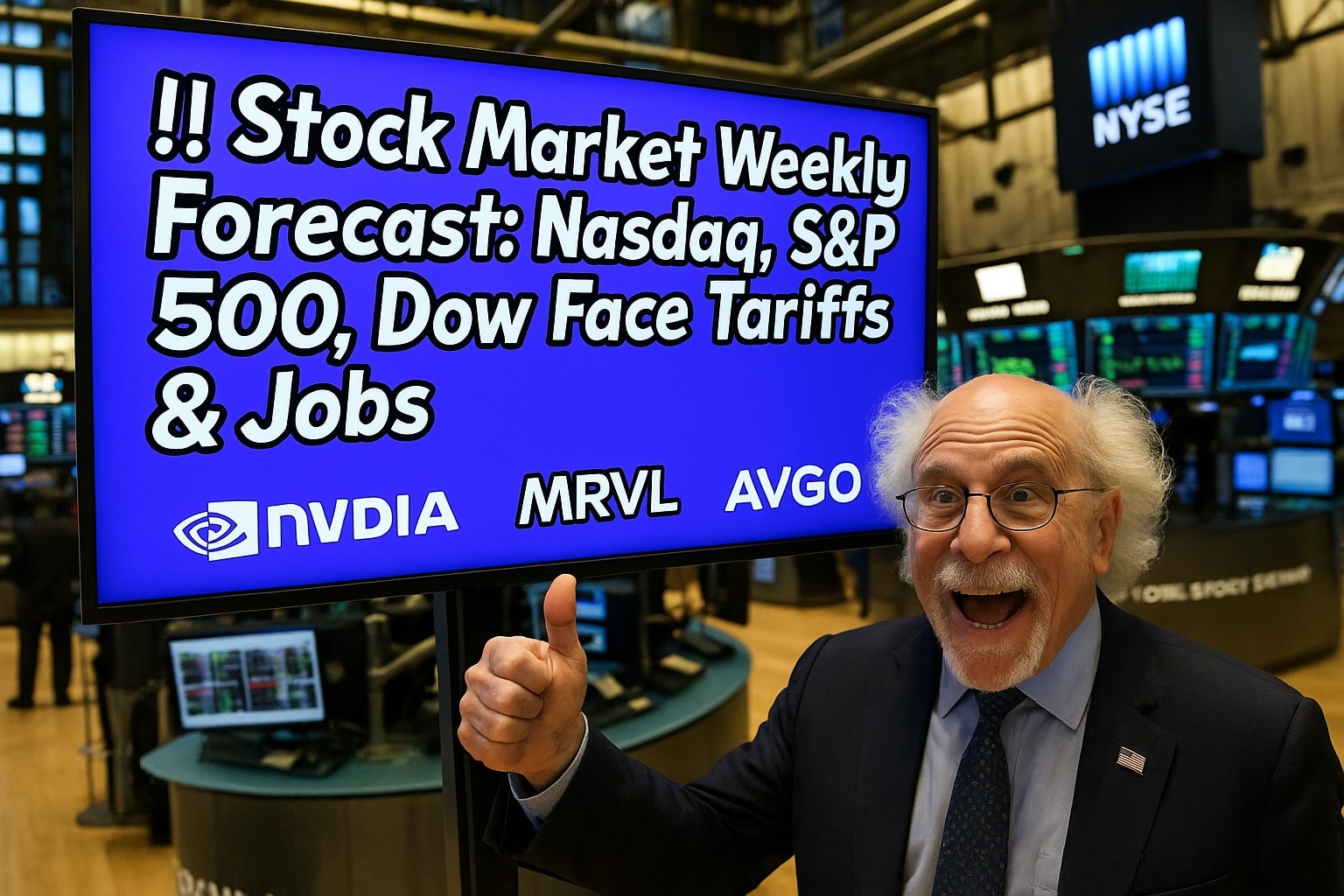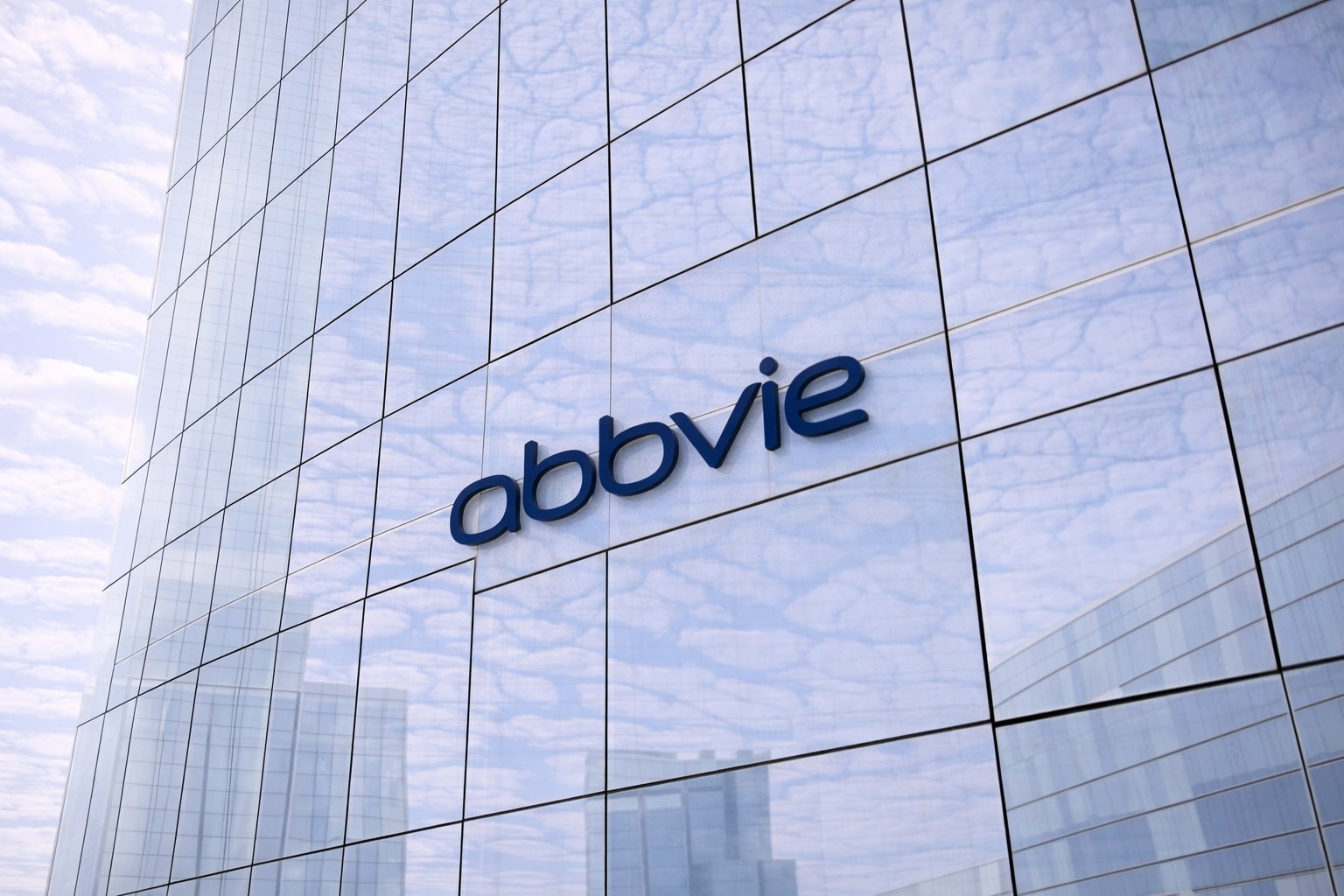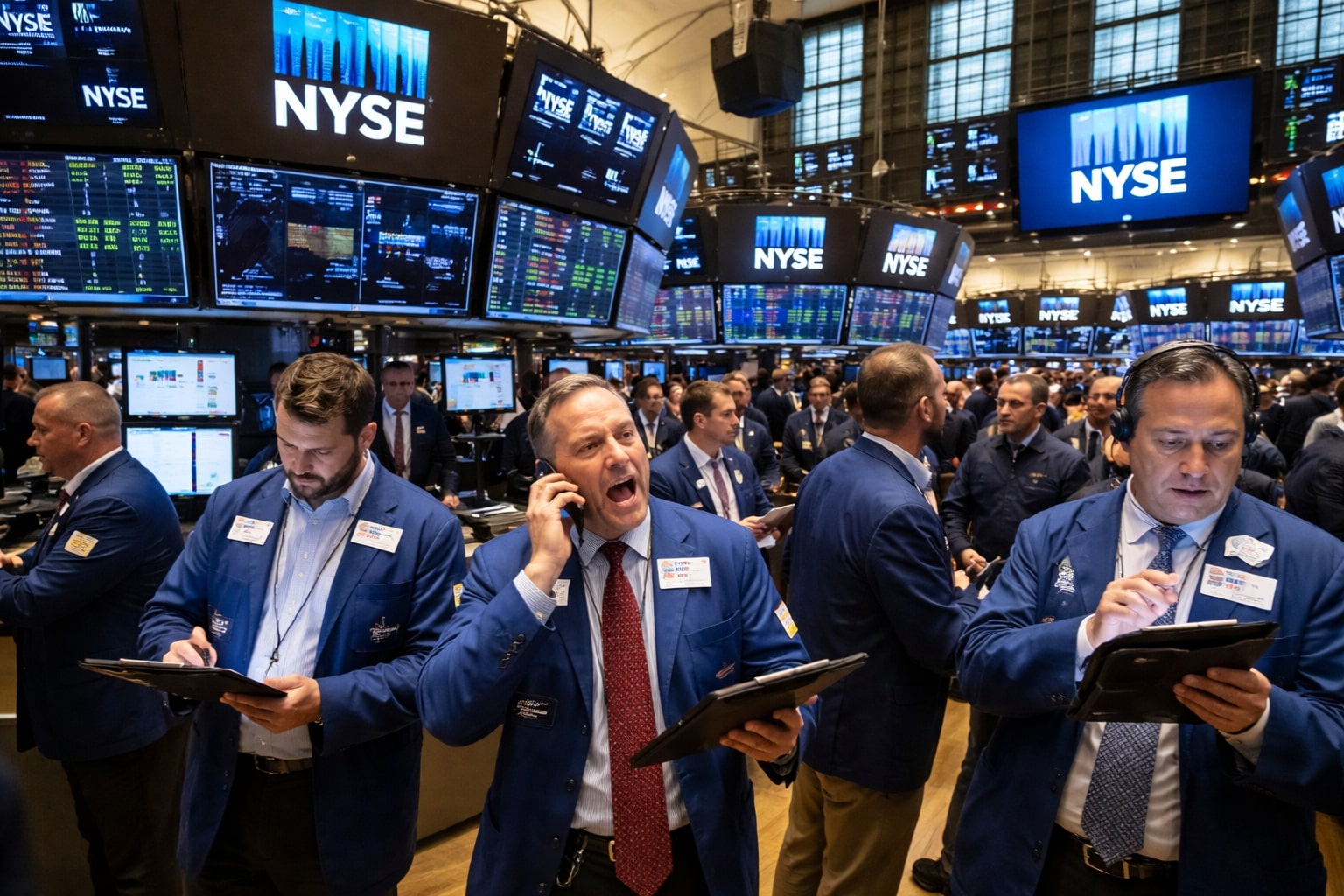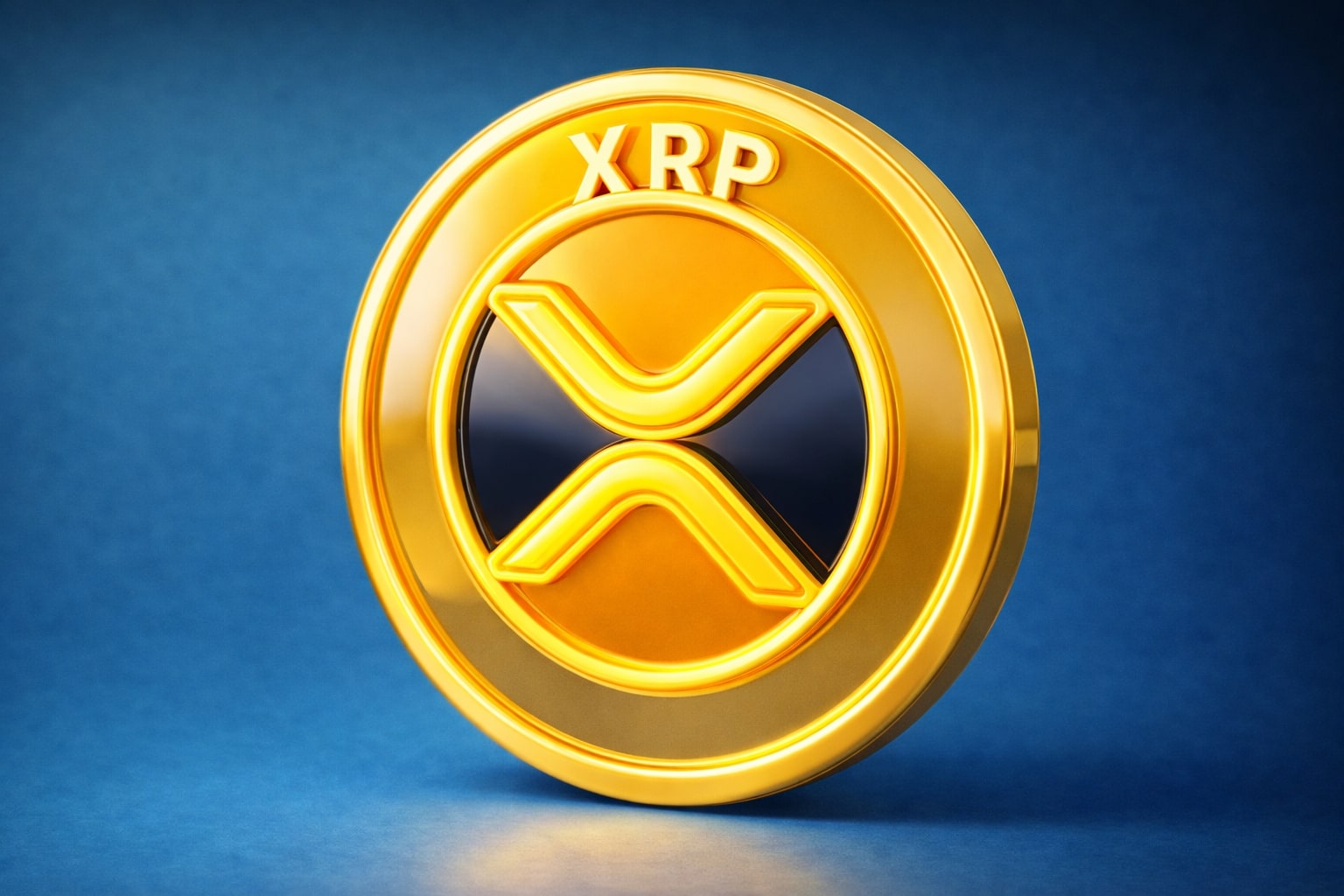
Stock Market Weekly Forecast: Nasdaq, S&P 500, and Dow Brace for Jobs Test
Tariffs, Fed Rate Cuts, and AI Earnings Put Wall Street on Edge | That's TradingNEWS
Nasdaq, S&P 500, and Dow Enter September Under Pressure from Tariffs and Jobs Data
Wall Street heads into September with the S&P 500 (^GSPC) at 6,460.26, down 0.64% on Friday but still higher for the month, while the Nasdaq Composite (^IXIC) slid 1.15% to 21,455.55 and the Dow Jones Industrial Average (^DJI) dipped 92.02 points to 45,544.88. Despite August marking the fourth consecutive winning month for U.S. equities, September looms as the most treacherous calendar period. Historically, the S&P 500 has averaged a 0.7% monthly decline in September over the last three decades, with four negative Septembers in the past five years. The Russell 2000 (^RUT), at 2,366.41, gained nearly 7% in August, outpacing most major indices except the Nasdaq.
The latest catalyst came Friday evening when a U.S. appeals court declared most of Trump’s tariffs illegal, adding uncertainty for multinationals like Caterpillar (CAT), which warned of a $1.5–$1.8 billion hit this year, and Gap (GPS), which also highlighted tariff headwinds. The legal ruling ensures the tariff debate will continue into the Supreme Court, adding another layer of policy risk to markets already grappling with a jobs slowdown, elevated inflation, and Fed independence concerns.
Jobs Market Data and Fed Policy to Drive Volatility
The next 14 trading sessions will set the tone for Q4. The August payrolls report due Friday is expected to show +75,000 jobs after July’s disappointing +73,000, a release that also saw 260,000 prior jobs wiped away through revisions. The unemployment rate is projected to rise to 4.3%. These weak labor figures have already reshaped monetary policy expectations: futures markets now price an 89% probability of a 25-basis-point Fed rate cut at the September 16–17 FOMC meeting.
The Fed’s core PCE index rose 2.9% YoY in July, the highest since February, signaling inflation is not yet tamed. Yet Chair Jerome Powell at Jackson Hole acknowledged labor-market weakness, leaving markets betting on at least 55 basis points of cuts by year-end. Political pressure is complicating matters. President Trump’s move to fire Fed Governor Lisa Cook has sparked lawsuits and fueled investor concerns over central bank independence. The legal battle risks widening volatility around the Fed’s credibility.
AI Leaders Under Fire: Nvidia, Broadcom, and Alibaba Drive Market Swings
Technology, which has led the 2025 rally, showed cracks. Nvidia (NVDA) fell more than 3% Friday, extending losses after the Wall Street Journal revealed Alibaba (BABA) developed a more advanced AI chip amid U.S. restrictions. Alibaba shares surged 12.9% to $135.00, while Nvidia’s recent quarterly earnings showed 56% revenue growth, yet its data center results fell short of euphoric expectations.
Broadcom (AVGO) reports this Thursday, with investors watching if it can replicate Nvidia’s AI-driven momentum. Shares have already retreated 3.65% last week to $1,447.30, but revenue guidance tied to AI semiconductors remains a market-moving catalyst. Salesforce (CRM) will also report this week, trading at $265.11, with investors focused on its cloud-based AI product pipeline.
Other movers included Marvell Technology (MRVL), plunging 18.6% to $62.87 after weak Q3 guidance, Dell (DELL) dropping 8.88% to $122.15 despite AI server strength, and Ambarella (AMBA) jumping 16.7% to $82.48 on upbeat AI demand forecasts.
Banks and Small Caps Extend Gains, Signaling Broader Market Rotation
Financials had their best month of 2025, with the SPDR S&P Bank ETF (KBE) gaining 9% and the Regional Banking ETF (KRE) up 10%, their strongest performances since late 2024. Both ETFs are now on four-month winning streaks. JPMorgan (JPM) and Morgan Stanley (MS) both hit new all-time highs, reflecting optimism in higher net interest margins even as cuts loom.
Meanwhile, the Russell 2000 (^RUT) notched its fourth straight monthly gain, its best streak since 2021. This rotation out of mega-cap tech into banks and small caps suggests investors are preparing portfolios for rate cuts and higher domestic exposure.
China, Europe, and Commodities Add to Global Picture
Globally, China’s equity market has outperformed, up 22% YTD, despite tariff overhangs. BYD (BYDDY) posted a rare 29.9% drop in quarterly profit, pressured by EV price wars, while Nio (NIO) prepares for key August sales data. In Europe, banks like Commerzbank (CBK.DE) surged over 100% YTD, while media firms like WPP (WPP.L) slumped 71% in H1 profits, highlighting sectoral divergence.
On the commodities side, gold (XAU/USD) surged 4.5% in August to $3,442/oz, its best monthly performance since April. Inflows into gold ETFs topped 15 tons in two days as traders hedge against Fed uncertainty. Bank of America now sees average prices of $3,049/oz for the next six years. Energy remains a key story as Centrus Energy (LEU) gained 180% YTD, driven by renewed U.S. focus on nuclear fuel, while Oklo (OKLO) is up over 1,000% in one year on its small modular reactor momentum tied to AI’s energy needs.
Corporate Earnings: Consumer, Retail, and Specialty Names in Focus
Consumer names showed bifurcated results. Ulta Beauty (ULTA) raised its 2025 guidance to $23.85–$24.30 EPS, sending shares to $493.23. Gap (GPS), despite improving merchandising, warned margins will be pressured by tariffs, with JPMorgan raising its target to $32, implying 48% upside. Petco (WOOF) soared 22% on upbeat EBITDA guidance, while Affirm (AFRM) rallied 10.6% to $88.46 after swinging to profitability.
Specialty players like Build-A-Bear (BBW) delivered record revenue of $124.2 million, boosting guidance, while Autodesk (ADSK) jumped nearly 10% after topping forecasts with $2.62 EPS on $1.76B revenue.
Investor Sentiment and Volatility Outlook
Despite volatility risks, the Cboe Volatility Index (VIX) remains below historical averages, last near 16, about 19% under its one-year average. Hedge funds are heavily shorting volatility, a setup that historically precedes turbulence. The Atlanta Fed’s GDPNow tracker forecasts 3.5% GDP growth for Q3, suggesting recession fears are overstated, but consumer sentiment weakened in August, with the University of Michigan index sliding 5.7% MoM to 58.2.
Buy, Sell, or Hold – Market Outlook
Given the data, the market is positioned for heightened volatility in September. S&P 500 (^GSPC) is expensive at 22x forward earnings, only exceeded during the dot-com bubble and 2020 pandemic rally. Yet corporate earnings growth of 11.9% in Q2 suggests fundamentals remain supportive.
My view:
-
Nasdaq (^IXIC) – Hold, vulnerable near-term due to NVDA, AVGO, MRVL weakness but long-term AI demand remains intact.
-
S&P 500 (^GSPC) – Sell/Trim short-term on valuation and seasonal risk, buy back near 6,200–6,250 support.
-
Dow Jones (^DJI) – Hold, benefiting from banks and consumer resilience, downside risk muted compared to tech.
-
Russell 2000 (^RUT) – Buy, rotation into small caps likely accelerates if Fed cuts materialize.
-
Gold (XAU/USD) – Buy, hedge against policy and inflation risk with momentum above $3,400/oz.
-
Banks (KBE, KRE) – Buy, strong momentum and best positioning into a cutting cycle.
This week’s jobs report, Broadcom (AVGO) earnings, and Fed commentary will decide whether September’s weakness materializes or if the bull market extends into Q4.
That's TradingNEWS
Read More
-
AbbVie Stock Price Forecast - ABBV at $229 Turns the Humira Cliff Into a 2026 Growth Engine
02.01.2026 · TradingNEWS ArchiveStocks
-
XRP Price Forecast - XRP-USD Nears $2 as $1.80 Support and Shrinking Supply Point to $2.60 Target
02.01.2026 · TradingNEWS ArchiveCrypto
-
Oil Price Forecast - Oil Slide Into 2026: WTI Stuck at $57, Brent at $60
02.01.2026 · TradingNEWS ArchiveCommodities
-
Stock Market Today: Nasdaq Hits 23,467 as Nvidia (NVDA), Micron (MU) and Baidu (BIDU) Drive AI Surge
02.01.2026 · TradingNEWS ArchiveMarkets
-
GBP/USD Price Forecast: Pound Holds 1.3450 as Fed–BoE Split Keeps Bulls Aiming at 1.37
02.01.2026 · TradingNEWS ArchiveForex


















